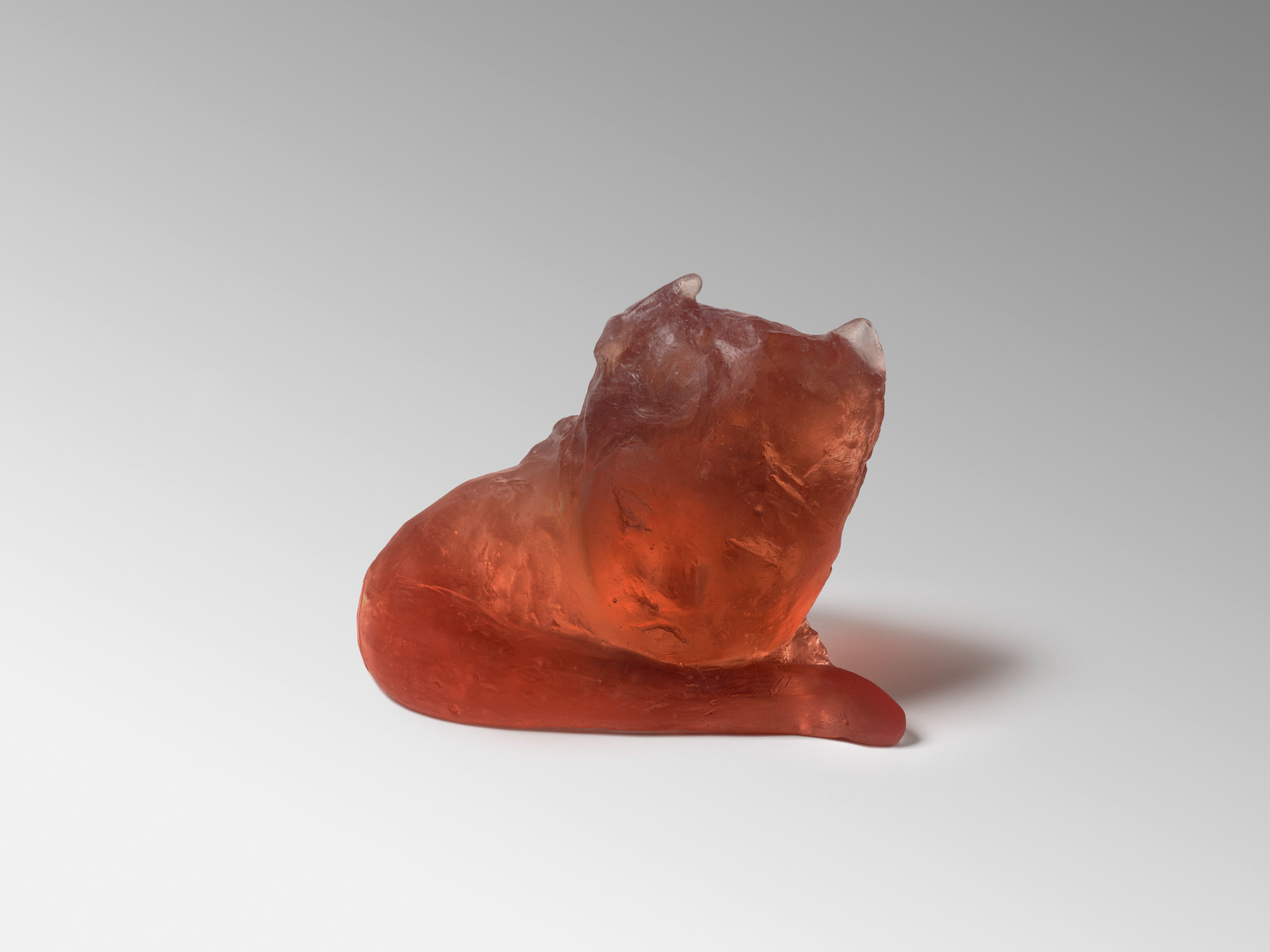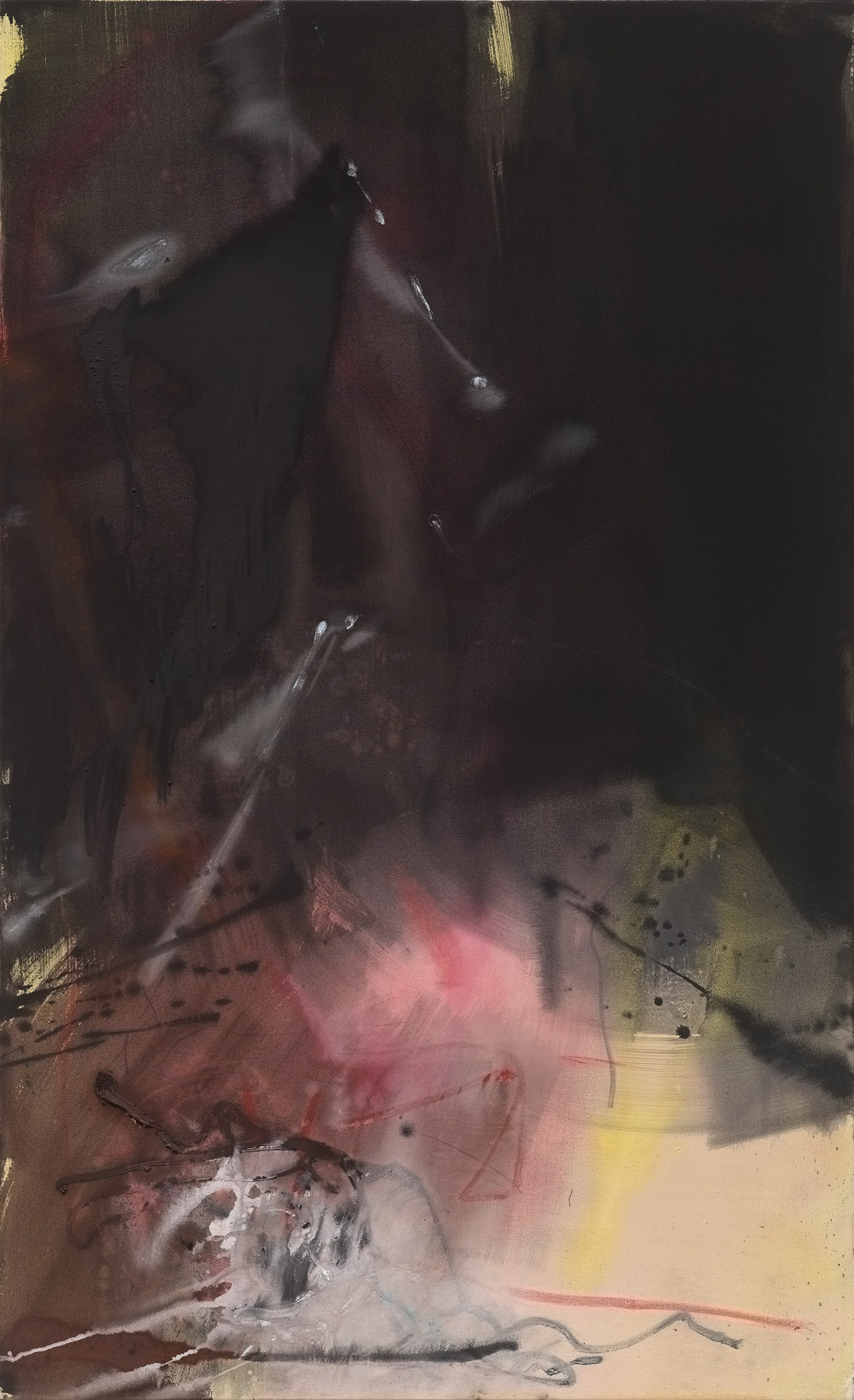infinitely transparent
a ray of light looking from the darkest point
the light appearing in the darkest place
there is light in the darkness
Leiko Ikemura
infinitely transparent
a ray of light looking from the darkest point
the light appearing in the darkest place
there is light in the darkness
Leiko Ikemura
About Exhibition
ShugoArts is pleased to present its first solo show in five years with artist Leiko Ikemura. Ikemura has left a vivid and lasting impression on people’s minds with her richly profound oeuvre and sophisticated presentation grounded upon her remarkable ideas, as was showcased at her solo exhibition at the National Arts Center, Tokyo in 2019. This exhibition at the gallery, which opens on 14 April, will feature six paintings, as well as six glass sculptures the artist has recently produced with a kiln that she had set up in her studio.
About the Glass Sculptures
Leiko Ikemura’s life as an artist has always been an encounter with new materials and methods, at times ensuing a struggle, and is in essence a series of activities that have eventually culminated in her achieving mastery in establishing her distinct style. For example, in the early 1990s, when Ikemura began producing ceramic works, ceramics was not yet actively recognized as a material for sculpture in the context of contemporary art. Subsequently, Ikemura worked with bronze, ultimately realizing a monumental work measuring well over four meters. Following such endeavors, in recent years she has also produced works using mosaic and stained glass, and she has now come to channel her efforts towards glass sculpture.
Originally producing ceramic works with a glassy glaze, Ikemura familiarized herself with and was fascinated by both the transformation of glass through high heat and how glass takes on form with a sense of light-containing transparency. The artist mentions the exceptional joy of engaging herself in the creation of glassworks in her studio while taking her time in the process of their production. The series of glass sculptures that illustrate a high degree of perfection has been created with the aim of producing “forms summoning colors while instilling them with nuance, with the transparency of the forms and colors being integrated with each other.”

Leiko Ikemura, Cat, 2020, cast glass, 20x26x14cm
About the Painting
If the glass sculptures contain light within themselves, then Ikemura’s series of paintings that illustrate her new artistic developments intends to capture “the light that appears in the darkness” and preserves it within the pictorial space. Such works strongly convey Ikemura’s “desire to venture beyond the mere level of expressing something, transcending both time and space to arrive at one’s most transparent self-universe.” Beyond the dualism of figurative/abstract, captured here are Ikemura’s thoughts regarding metaphysical meditations, or the ideas and spirit conveyed through painting.

Leiko Ikemura, Lightscape, 2022, tempera and oil on nettle, 180x110cm
About the Poetry
Another “material” that Ikemura has engaged with over the past two decades are “words”, which indeed can be regarded as a more metaphysical material. For over ten years, Ikemura has often treated the words that she has written herself as important constitutional elements in her exhibitions, in a manner that takes a step away from the formalities of poetry. Ikemura had published a series of poems intermittently over a one-year period in Gendaishitecho (Contemporary Poetry Journal) until June 2021 at the recommendation of the poet Koichi Tanokura, who had recognized Ikemura’s poetic talent from an early stage. Such poetic works are noteworthy examples of Ikemura’s artistic achievements through words.
If glass is the transformation and crystallization of silicon as a result of exposure to heat in the kiln, it could be said that, for Ikemura herself, poetry is another artistic medium that has settled on and crystallized within her over the years she spent in Europe, where she to this day has continued to build her life since leaving Japan at the age of 20.
In Closing
While working with various materials and methods, Ikemura has continued to pursue the “light and life” that never cease to shine throughout the times. We invite viewers to witness the latest fruits of Leiko Ikemura’s practice. Even in today’s increasingly challenging world, Ikemura continues in her unremitting artistic efforts to capture and give form to things “from a cosmic perspective that transcends individuals and nations”.
March 2022, ShugoArts
Information
Thursday, April 14 – Saturday, May 28, 2022
Friday, April 29, and from Sunday, May 1 to Thursday, May 5.
ShugoArts
12am ‒ 6pm, Closed on Sun, Mon and Public Holidays
Leiko Ikemura was born in Tsu City, Mie, Japan. She moved to Spain in the 1970s, then to Switzerland, and has been based in Germany since the early 1980s. Ikemura was a professor at the Berlin University of the Arts from 1991 to 2015. She has served as a visiting professor at the graduate school of Joshibi University of Art and Design since 2014. In 2019, she won the Minister of Education, Culture, Sports, Science and Technology’s Art Encouragement Prize. Ikemura works in a variety of media including painting, terra cotta, bronze, glass, photography, and poetry. She utilizes traditional materials for her paintings and sculptures, which contain a high level of spirituality and are highly acclaimed both domestically and internationally. The shapes and colors emitted from the unique texture of her art create images that blend figures, plants, and horizons, encompassing the fluid relationship between people, nature, and the universe.
Selected solo exhibitions: infinitely transparent, ShugoArts, Tokyo, 2022; Nach Neuen Meeren, Kunstmuseum Basel, Basel, Switzerland, 2019; Nordiska Akvarellmuseet, Skärhamn, Sweden, 2019; Our Planet – Earth and Stars, National Art Center, Tokyo, 2019; After another world, ShugoArts, Tokyo, 2017; …und plötzlich dreht der Wind, Haus am Waldsee, Berlin, 2016; Poetics of Form, Nevada Museum of Art, Reno (Nevada), 2016; All About Girls and Tigers, Museum für Ostasiatische Kunst Cologne, 2015; Pioon, The Vangi Sculpture Garden Museum, Shizuoka, 2014; i-migration, Staatliche Kunsthalle Karlsruhe, 2013; Korekara oder die Heiterkeit des fragilen Seins, Museum für Asiatische Kunst, Staatliche Museen zu Berlin, Stiftung Preußischer Kulturbesitz, Berlin, 2012; Mare e Monti. Kolumba, Cologne, 2012; Transfiguration, The National Museum of Modern Art, Tokyo, Mie Prefectural Art Museum, Mie, 2011.
Selected Public Collections: Bundeskunstsammlung (Berlin, Germany), The Centre Pompidou (Paris, France), Kunstmuseum Basel (Basel, Switzerland), Kunstmuseum Liechtenstein (Vaduz, Liechtenstein), Museum für Ostasiatische Kunst Köln (Cologne, Germany), mumok – Museum Moderner Kunst Stiftung Ludwig Wien (Vienna, Austria), Museum of Contemporary Art Tokyo (Tokyo, Japan), The National Museum of Art, Osaka (Osaka, Japan), MOMAT – The National Museum of Modern Art (Tokyo, Japan), Pola Museum of Art (Kanagawa, Japan), Staatliche Kunsthalle Karlsruhe (Karlsruhe, Germany)